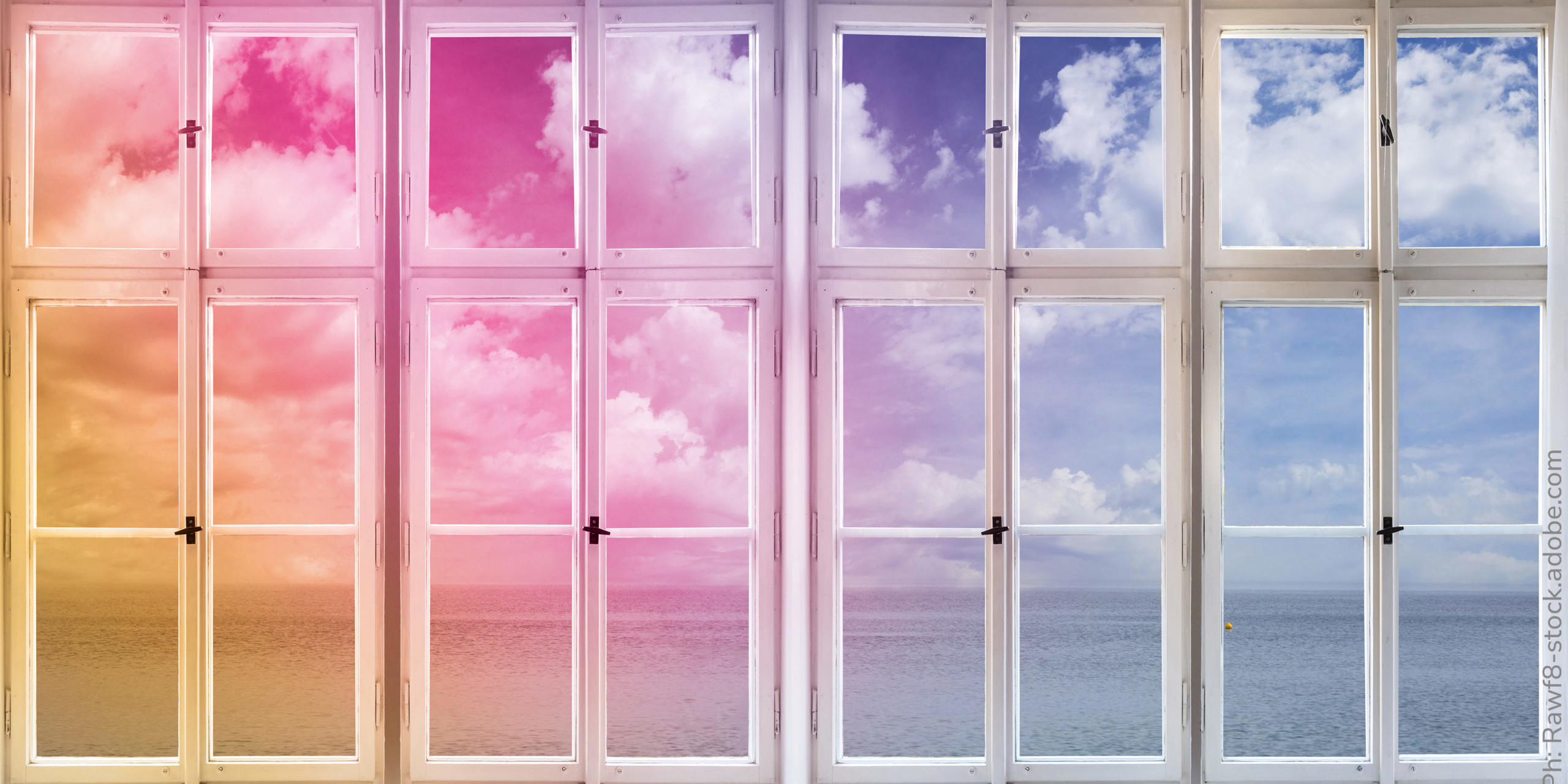If we asked Alfred Hitchcock for his idea of a window, he would probably focus less on aesthetics and more on perception. In “Rear Window” (1954) the window becomes a narrative threshold: it tells of the obsession with looking out, and the illusion that life is always more interesting on the other side of the glass.
And how much time do we spend looking out of the window? A universal gesture, full of breath and freedom, that we perform to carve out a moment of pause and escape. The window, in the office as at home, is not just a fixture: it is an emotional command, our own Ctrl+Alt+View. A tool that changes the way we work, think and even perceive ourselves.

Looking out as mental training
The point is that gazing outside interrupts the spiral of multitasking and opens up a new mental space. Neuroscience confirms it: looking out lowers cortisol levels, stimulates lateral creativity, and reduces the perception of stress. It’s not a whim, it’s biochemistry. Unsurprisingly, companies that invest in panoramic offices report better engagement and performance.
From the corner office to the basement
But not all windows are equal. We know it: some look out onto postcard-perfect skylines, others onto car parks or concrete walls. Yet the brain still plays its part. Any visual link with the outside, even a scraggy tree or a crow on the ledge, works as a reminder that the world goes on beyond the Excel file in front of us. It’s not just about the view, but about the possibility of an horizon, of perceiving the ‘beyond’ (we know, it may sound a bit New Age… but it makes perfect sense).
When the window is missing
And when there are no windows, the eye invents them: a graffiti on the wall, a tropical screensaver, even a brightly lit corridor can become substitute horizons. Do they work? Only up to a point. Without natural light and a visual link to the outside, productivity drops and psychological wellbeing takes a hit. That’s why the issue is not just aesthetic, but design-related: rethinking workplaces also means deciding how and where to open windows.
The window, then, is much more than a view on the world: it is an interface between inside and outside, between focus and escape, between the everyday and the dream. It does not solve all the problems of contemporary work, true. But it remains a fundamental element of our daily wellbeing. For everything else, Hitchcock’s lesson still holds: the outside we observe is only a pretext, because the real scene always takes place inside us.


